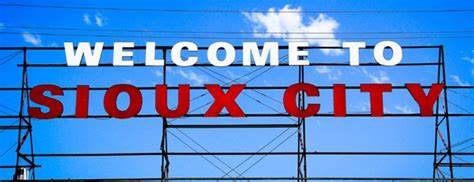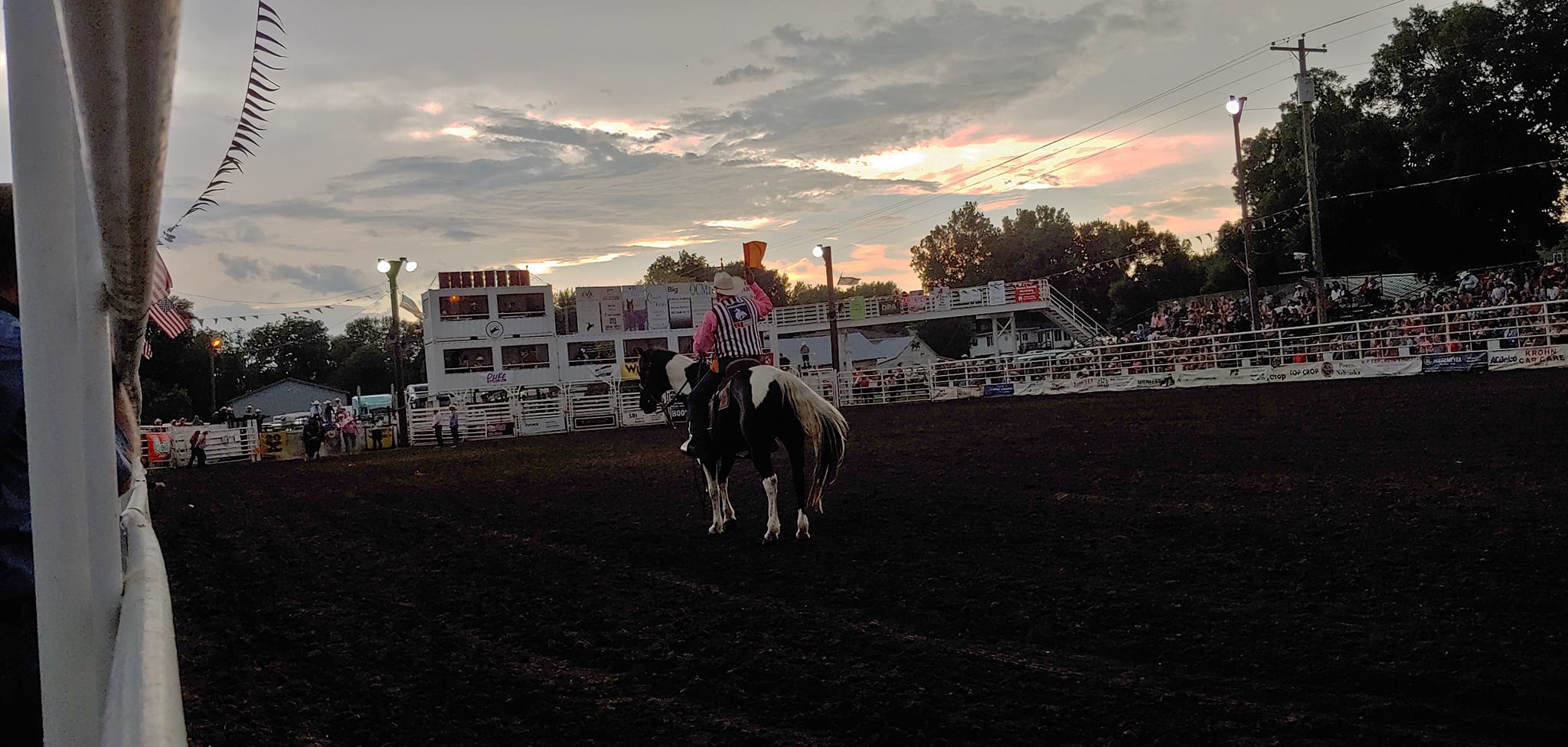In our journey of attempting to go to as many events as possible this June and July, I saw that I had a chance to go see a rodeo, so, I rearranged my schedule to
In our journey of attempting to go to as many events as possible this June and July, I saw that I had a chance to go see a rodeo, so, I rearranged my schedule to make sure I didn’t miss this! Meeting up with my friend Katie from Sioux Falls, who drove an hour and half to meet me in Ponca, we got excellent parking getting there early, and made our way in to peruse the vendors. Not necessarily shopping for anything specific, I naturally found my way to a young lady selling her jewelry, and scored myself a pair of flamingo earrings, along with a patriotic pair to wear on the Fourth of July. We saw more cowboy hats in once place than I’ve seen in a long time, and before heading into the arena we had to get ourselves a hotdog, and of course share a funnel cake.
History of the American Rodeo
Organized rodeos emerged in 1872 in Cheyenne, Wyoming, fielding the desire to watch and learn how cowboys of the Wild West lived and worked. Later, in 1888, the town of Prescott, Arizona held the first professional rodeo, where they charged admission and awarded trophies. These gatherings served a way for cowboys to showcase their riding abilities, along with roping and herding livestock.
In 1883, William Frederick Cody, also known as “Buffalo Bill” partnered up with other talented cowboys and held the very first Wild West Show. These shows feature reenactments of frontier life, including cowboy contests and performances that showcased the skills of cowboys and Native Americans. Thus, was born the cowboy culture which spread throughout the Americas by popular demand.

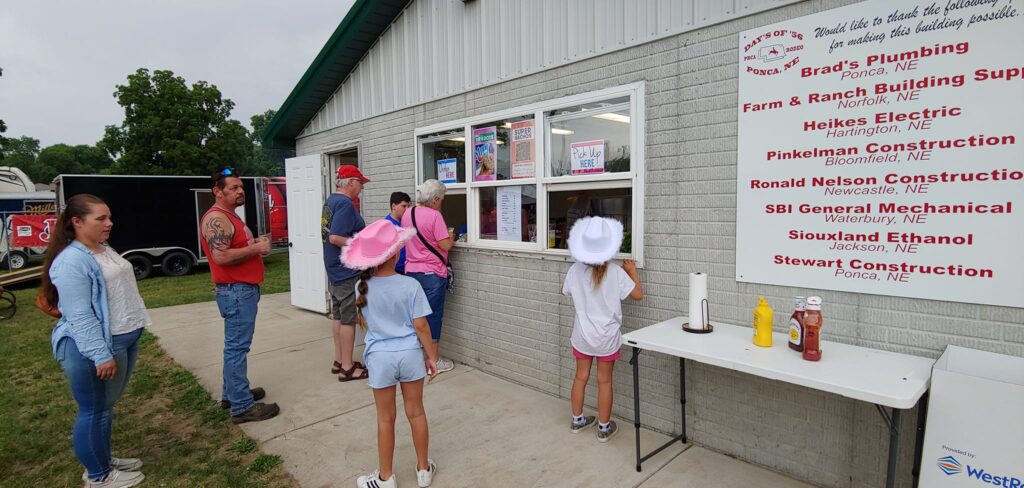
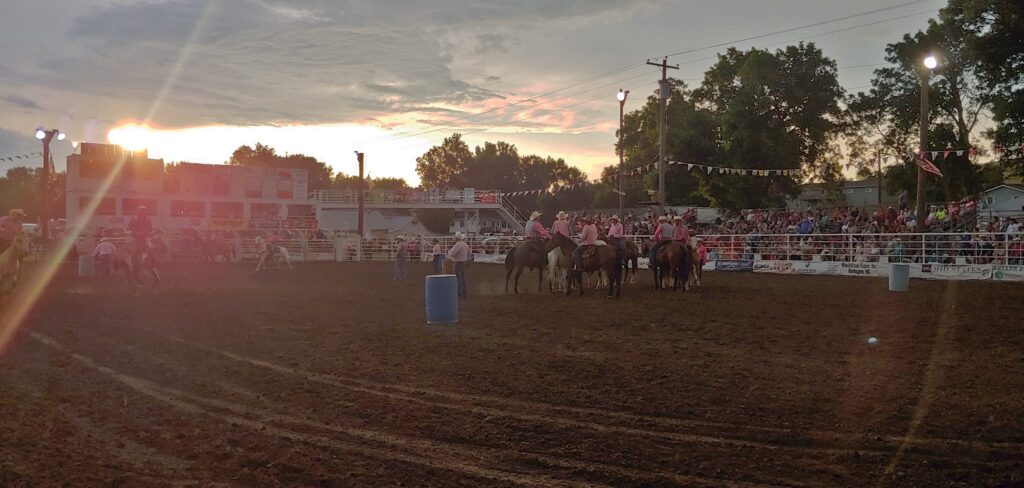
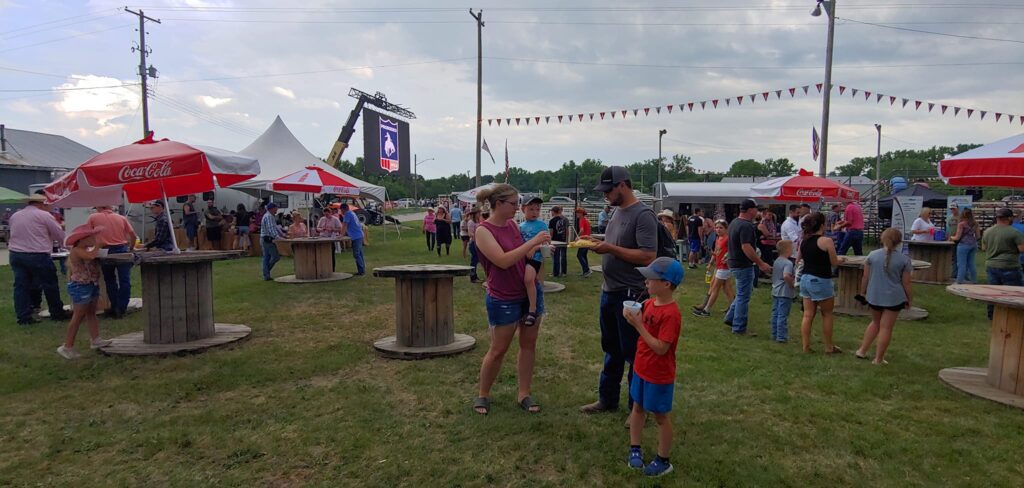
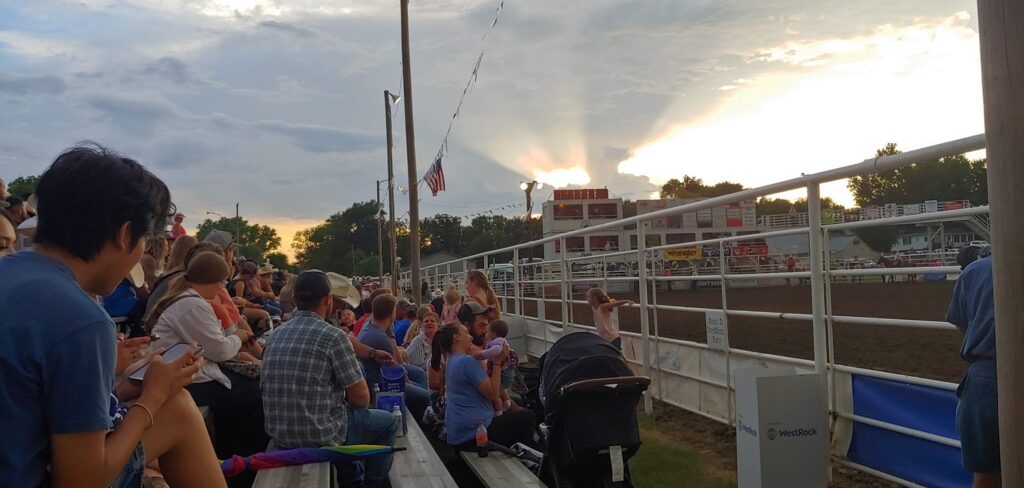
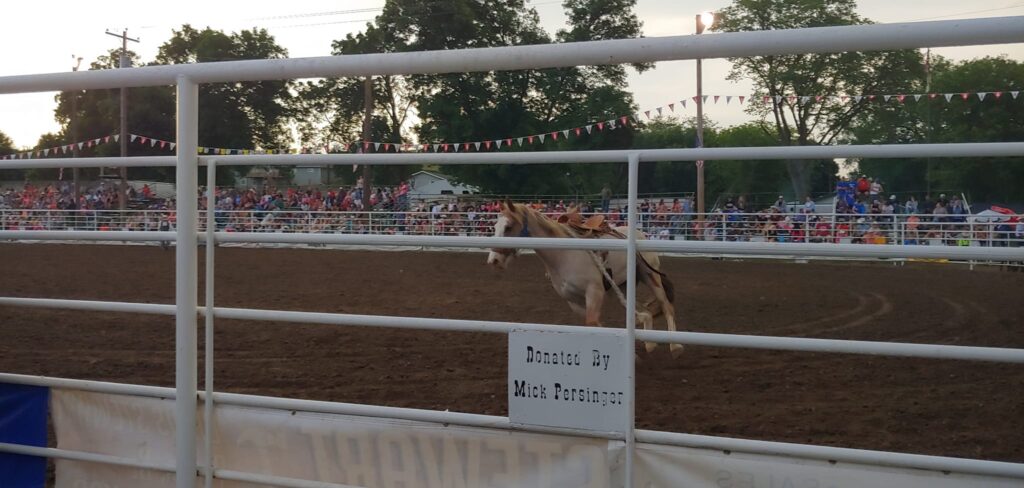

As interest in rodeo competitions grew, various rodeo associations and organizations were established to standardize rules and promote the sport. In 1929, the RAA (Rodeo Association of America was formed, and in 1936, it merged with another organization to become the RCA (Rodeo Cowboys Association), when then later became the PRCA (Professional Rodeo Cowboys Association) in 1975. These organizations set the groundwork for professional rodeo events and helped bring consistency to the sport.
One of the most famous rodeos in the United States is the Pendleton Round-Up, in Pendleton, Oregon. This iconic rode began in 1910 and is often referred to the “Grandaddy of Them All” and continues to be a significant annual event on the rodeo calendar. While rodeos are naturally thought to belong to the West, the sport’s popularity extended Eastward to places like Madison Square Garden in New York City, attracting urban audiences and further broadening the appeal of rodeo as a spectator sport.
This really was my FIRST rodeo!
Along with broadening the appeal of rodeo and the cowboy talent, came the need for women to be recognized in this actively competitive sport. The first female cowgirl is recognized as Lucille Mulhall, and in 1900 she was a mere 14-year-old winning hearts and impressing event goers so much that she was invited to compete at a Rough Riders reunion rodeo in the Oklahoma state capital. Other famous female rodeo stars like Bertha Blancett, Mabel Strickland and Fanny Sperry Steele helped pave the way for women’s participation in rodeo events. in 1948, the GRA (Girls Rodeo Association) was established, which later became the WPRA (Women’s Professional Rodeo Association) in 1981, providing opportunities for women to compete professional in rodeo events.
Over the years, the American rodeo expanded to include bareback riding, saddle bronc riding, steer wrestling, team roping, barrel racing and bull riding. The Ponca Rodeo is no exception. Watching the riders and seeing how they communicate with their horses, gave me a sense of adrenaline. Some things I learned: the horses are not trying to kick off the rider, they actually have a short rope tied cinched around their hind-quarters which creates a natural reaction to try to dislodge it. While the horse is bucking, the rider has a minimum of eight seconds to stay on the horse, and the longer he or she is there, the higher their score.
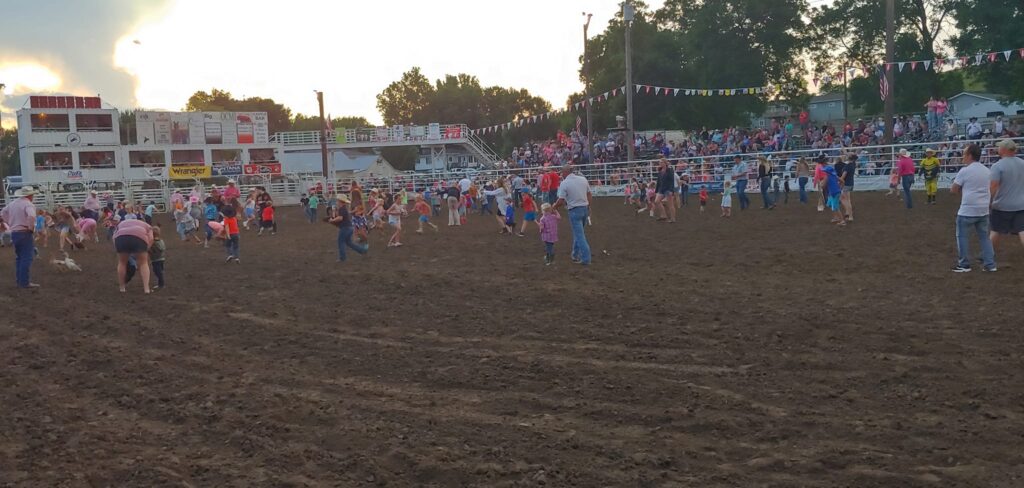
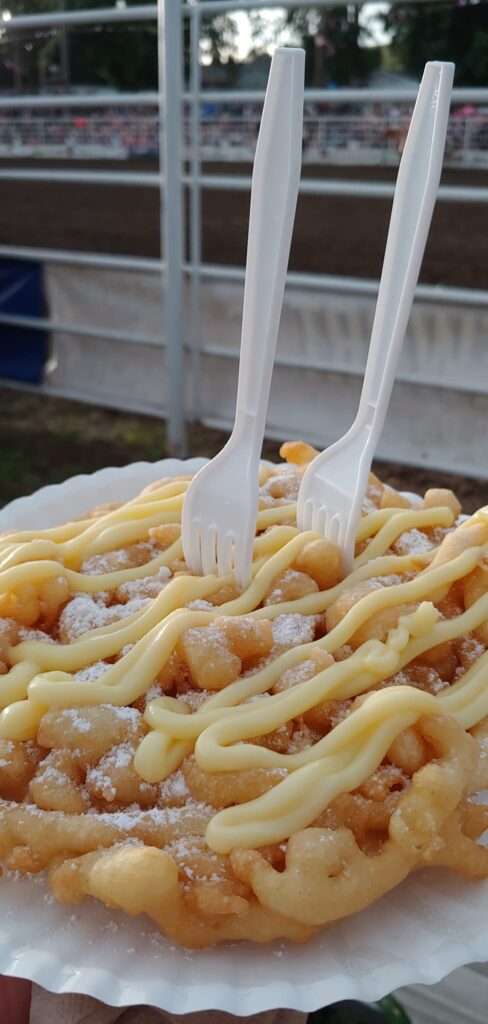
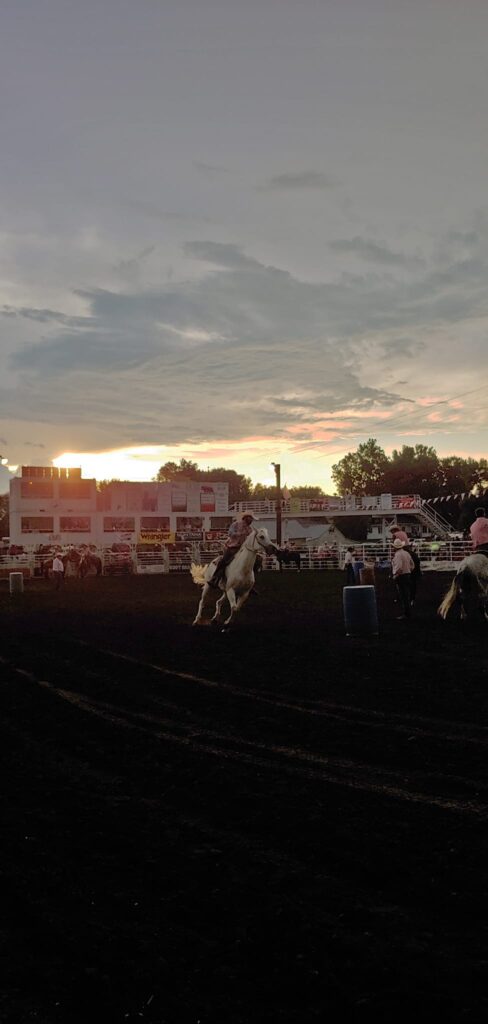

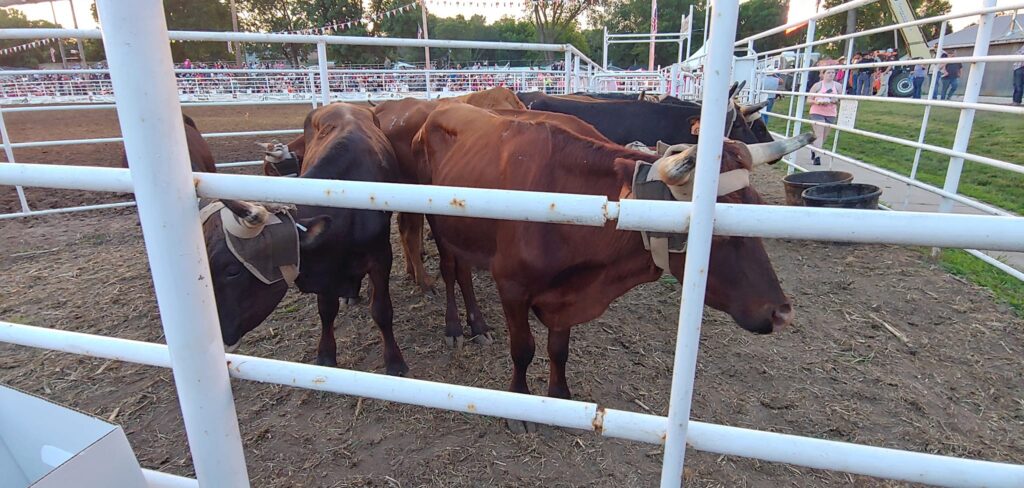
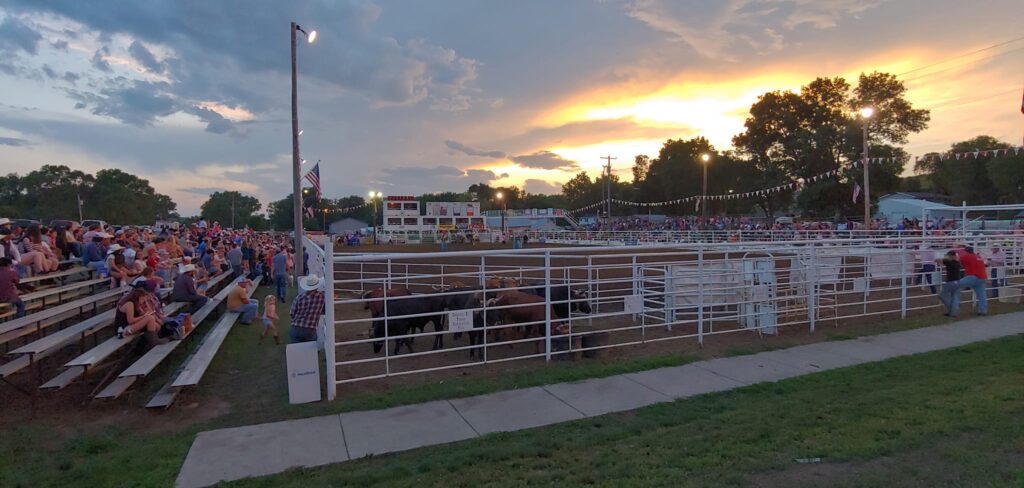
Watching these cowboys and cowgirls was so much fun, and finding out that some of them are on their way to the rodeo exhibit in Las Vegas is quite impressive that they travelled all this way to Ponca to show us their talents. What I also noticed, was that women were highly represented at this rodeo, and one in particular is a champion barrel racer!
Along with horse riding there was also a rodeo clown making his rounds, team roping and even a children’s event where kids of all ages tried to catch an animal running wild within the arena. We saw ducks, kittens, pigs and even rabbits. It was honestly hilarious watching 6-year-olds chase down a goose and proudly carry it off.
Katie and I went Friday, but Saturday are their barrel racing and bull riding, both of which I have yet to see, so maybe with all the events I have planned for the rest of summer and into the fall, I might just have my moment.
